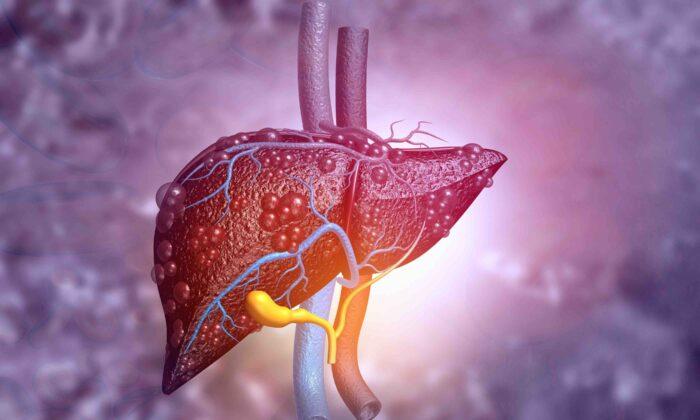Symptoms of Atrial Fibrillation
Atrial fibrillation (AF) is a condition that causes an irregular, often rapid heart rate that can lead to poor blood flow. Some common symptoms include shortness of breath, heart palpitations, lightheadedness, and fatigue. AF patients often have significant risks of heart failure and stroke.Recommendations for exercise-based rehabilitation are often given to patients with coronary heart disease and heart failure. However, few studies have examined the benefits of exercise in AF. This is what led researchers to develop the ACTIVE-AF program for patients with atrial fibrillation.
The ACTIVE-AF trial assessed the outcome of a six-month exercise program combining home-based and supervised activities on the recurrence and symptom severity of AF. The study included patients with short AF episodes (paroxysmal AF) or longer episodes who required intervention to restore normal rhythm (persistent AF). Patients who had permanent AF, whose normal heart rhythm couldn’t be restored, were excluded.
For the trial, 120 patients with symptomatic AF were randomly allocated an exercise intervention or usual care for six months. The intervention included supervised weekly exercise and an individualized weekly plan to follow at home. The target was to increase aerobic exercise by up to 3 1/2 hours per week over six months. The usual care group received advice about physical activity, but no active intervention.
The study found that after 12 months, the AF recurrence rate was significantly lower in the exercise group (60 percent) compared to the control group (80 percent). This meant that patients in the exercise group could maintain a normal heart rhythm without needing invasive interventions or the continued use of drugs.
“Our study provides evidence that aerobic exercise should be incorporated into the treatment of patients with symptomatic AF,“ study author Dr. Adrian Elliott said. ”This should sit alongside the use of medications, as guided by a cardiologist, and management of obesity, hypertension, and sleep apnoea. As a general guide, patients should strive to build up to three and a half hours per week of aerobic exercise and incorporate some higher intensity activities to improve cardiorespiratory fitness.”





